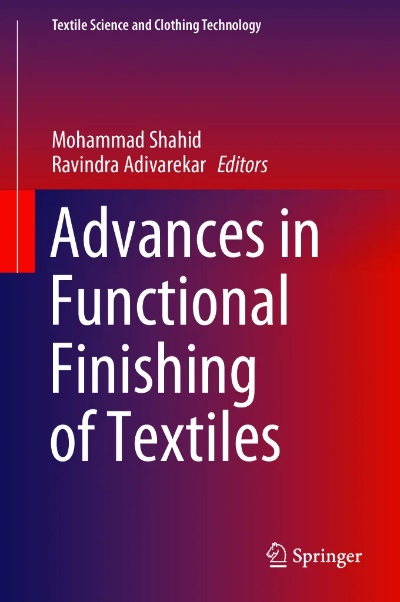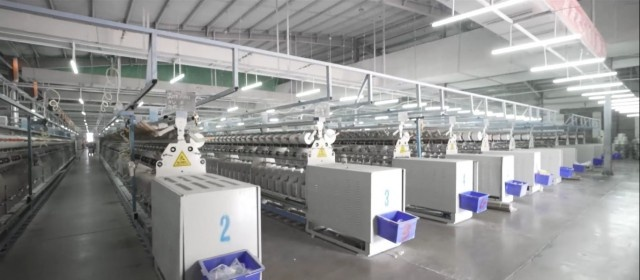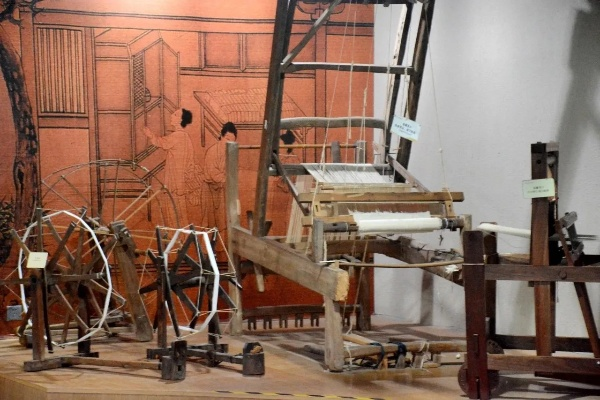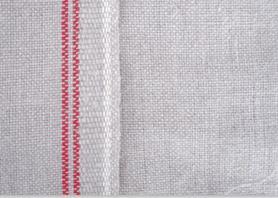Textile Foreign Trade Practices and English Answers
"Textile Foreign Trade Practices and English Answers",In the international trade of textiles, there are a variety of practices employed by exporters. One common method is to utilize export credit insurance to protect against potential losses due to default on payment terms. Another strategy includes negotiating favorable terms with buyers, such as reduced shipping costs or faster delivery times. Additionally, exporters may engage in price discrimination, offering different prices based on factors such as destination or order size. ,When responding to questions about textile foreign trade practices, it is important for exporters to provide accurate answers that accurately represent their company's policies and strategies. This can be done through detailed descriptions of the processes involved, as well as examples of past experiences where these practices have been successful. By clearly communicating these practices and answering questions in a professional manner, companies can enhance their reputation among potential customers and secure more business opportunities.
Introduction: Textile industry is one of the world’s most vital economic sectors, contributing significantly to global trade and employment. As a result, mastering the English language for textile foreign trade is crucial. This guide will provide you with essential vocabulary, phrases, and strategies that you can use in your everyday communication with international textile clients or suppliers.
Vocabulary:

- Fabrics: Different types of fabrics such as cotton, polyester, silk, linen, etc.
- Quality standards: Common quality standards like ASTM, ISO, etc.
- Color codes: International color codes like CMYK (Cyan, Magenta, Yellow, Black), RGB (Red, Green, Blue), etc.
- Patterns: Common patterns like stripes, polkadots, floral, etc.
- Finishes: Various finishing methods used in textile production like dyed, printed, brushed, etc.
- Packaging: Commonly used packaging materials like polyethylene, paperboard, etc.
- Shipping: Methods of shipping like sea freight, air freight, etc.
- Insurance: Types of insurance policies like cargo insurance, export credit insurance, etc.
- Payment methods: Common payment terms used in international trade like D/P, D/A, etc.
Phraseology:
- "Please find attached the detailed product specifications."
- "We are committed to meeting your quality requirements."
- "Could you please confirm the shipment date?"
- "Our prices are competitive but quality is our top priority."
- "We are looking forward to establishing long-term business relationships with you."
Case Study: Let's consider the case of a Chinese exporter who wants to market his new line of eco-friendly bamboo t-shirts to European markets. He needs to communicate with European buyers about the material, design, and pricing.
Vocabulary:
- Eco-friendly: Adjective describing products made from natural materials or products that have environmental benefits.
- Bamboo: Plantation product derived from the shoots of certain species of grasses.
- Product specifications: Details of the textile characteristics, size options, color choices, etc.
- Design: The style and appearance of the garment.
- Pricing: Factors like cost of raw materials, production costs, transportation costs, etc.
Phraseology:
- "Our bamboo shirts are not only comfortable but also environmentally friendly."
- "Our bamboo shirts feature a modern design that fits perfectly into your wardrobe."
- "Please let me know your price requirements for this new product."
- "I'm interested in learning more about your manufacturing process and quality control measures."
- "We are confident that your customers will love our bamboo shirts."
In conclusion: Understanding and using the right English vocabulary and phraseology in textile foreign trade is critical for success. It helps in building trust, understanding, and establishing strong business relationships with international partners. By following the guidelines provided in this guide, you can effectively communicate with textile clients and suppliers, ensuring smooth transactions and mutual success in the global textile market.
Hello, I'm here to provide you with an insight into the practical aspects of textile exports. Let's dive into the world of纺织品外贸实务.
纺织品外贸实务概述
纺织品外贸实务涉及多个环节,包括市场调研、产品选择、贸易谈判、订单处理、物流运输等,在每个环节中,都需要准确把握市场趋势、产品质量、价格策略等关键因素。
市场调研与产品选择
在进行纺织品外贸业务之前,进行深入的市场调研和产品选择至关重要,这包括了解目标市场的需求、偏好、竞争格局等,还需要根据产品的性能、质量、价格等因素进行筛选,确保出口产品符合市场需求和客户期望。
贸易谈判与合同签订
在贸易谈判过程中,需要与供应商、客户等进行充分沟通,明确双方的权利和义务,在合同签订阶段,需要仔细审查合同条款,确保合同内容符合双方利益,还需要注意合同履行过程中的风险控制,确保出口业务顺利进行。

订单处理与生产安排
一旦订单确定,就需要开始安排生产,这包括确定生产计划、采购原材料、安排生产设备等,在生产过程中,还需要关注产品质量、生产进度等关键指标,确保生产符合预期,还需要与供应商保持密切沟通,及时解决生产中出现的问题。
物流运输与保险事宜
纺织品外贸业务中,物流运输和保险事宜也是不可忽视的环节,在选择物流合作伙伴时,需要考虑运输成本、服务质量等因素,还需要为出口货物购买相应的保险,以应对可能出现的风险和损失,还需要关注物流运输过程中的环保和安全要求,确保出口货物符合相关法规和标准。
案例分析:纺织品外贸实务中的成功经验
近年来,某纺织品出口企业在纺织品外贸实务中取得了显著的成功,他们通过深入的市场调研和产品选择,选择了符合市场需求的高品质产品,在贸易谈判过程中,他们与多个供应商进行了充分沟通,最终达成了一致的合作协议,在订单处理和生产安排阶段,他们制定了详细的生产计划,并安排了专业的生产团队,在物流运输过程中,他们选择了可靠的物流合作伙伴,并购买了相应的保险,他们还注重环保和安全要求,确保出口货物符合相关法规和标准,该企业在纺织品出口业务中取得了良好的业绩和市场口碑。
问答环节
Q1:在进行纺织品外贸业务之前,需要进行哪些市场调研和产品选择? A1:在进行纺织品外贸业务之前,需要进行深入的市场调研和产品选择,了解目标市场的需求、偏好、竞争格局等,还需要关注产品的性能、质量、价格等因素。
Q2:贸易谈判过程中需要注意哪些关键环节? A2:贸易谈判过程中需要注意合同条款的审查、双方权利和义务的明确以及风险控制等关键环节。
Q3:在订单处理和生产安排阶段需要注意哪些方面? A3:在订单处理和生产安排阶段需要注意产品质量和生产进度等关键指标的控制,确保生产符合预期,还需要关注物流运输过程中的环保和安全要求。
就是纺织品外贸实务的一些经验和案例说明,希望对您有所帮助,在实际操作中,还需要根据具体情况灵活应对,不断学习和提高自己的业务水平。
Articles related to the knowledge points of this article:
The Story of Lanzhou Haitao Textile Company
The Role of Textiles in the Continuous Transition from Industry to Industry



